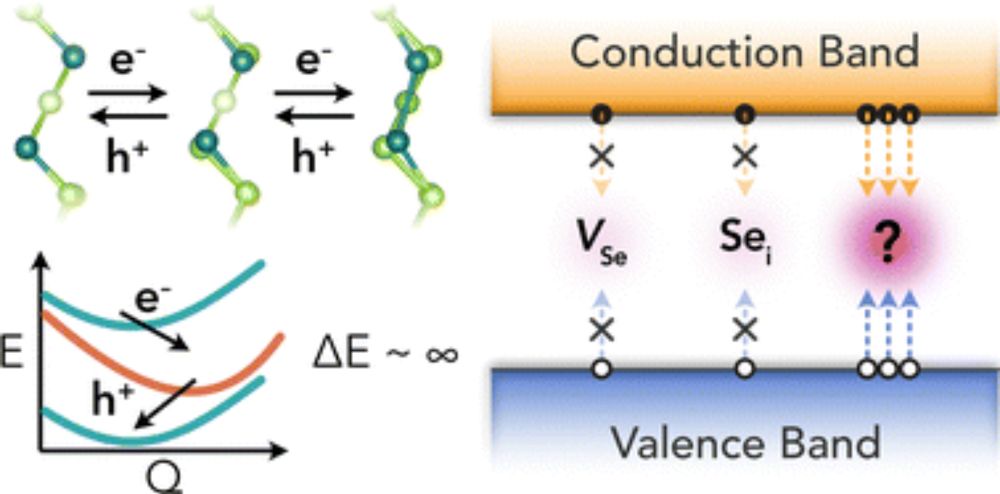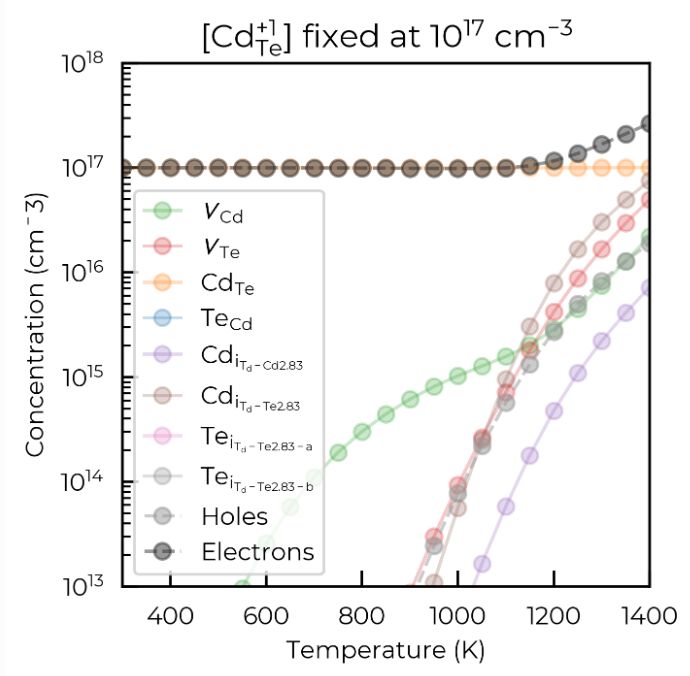Rasmus Svejstrup Nielsen
@drnielsen.bsky.social
22 followers
27 following
12 posts
My name is Rasmus, and I'm currently a postdoctoral fellow (funded by the Carlsberg Foundation) in the Nanomaterials Spectroscopy and Imaging group within the Transport at Nanoscale Interfaces Lab at EMPA in Switzerland.
Posts
Media
Videos
Starter Packs
Reposted by Rasmus Svejstrup Nielsen
Seán Kavanagh
@kavanaghsean.bsky.social
· Apr 15

Intrinsic point defect tolerance in selenium for indoor and tandem photovoltaics
Selenium has reemerged as a promising absorber material for tandem and indoor photovoltaic (PV) devices due to its elemental simplicity, unique structural features, and wide band gap. However, despite...
pubs.rsc.org
Reposted by Rasmus Svejstrup Nielsen








